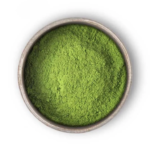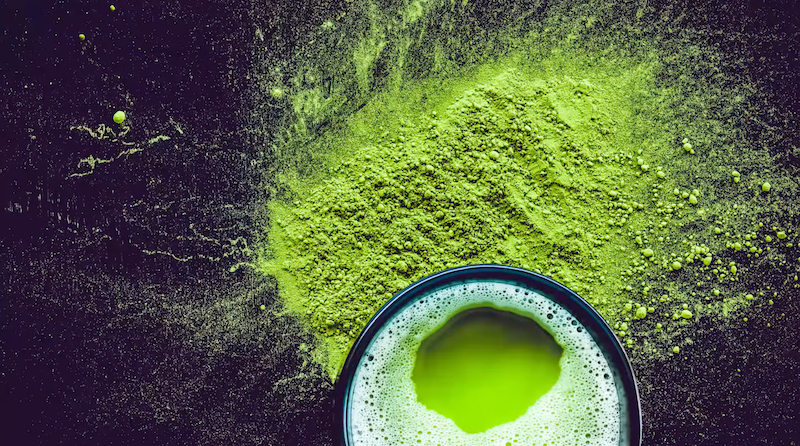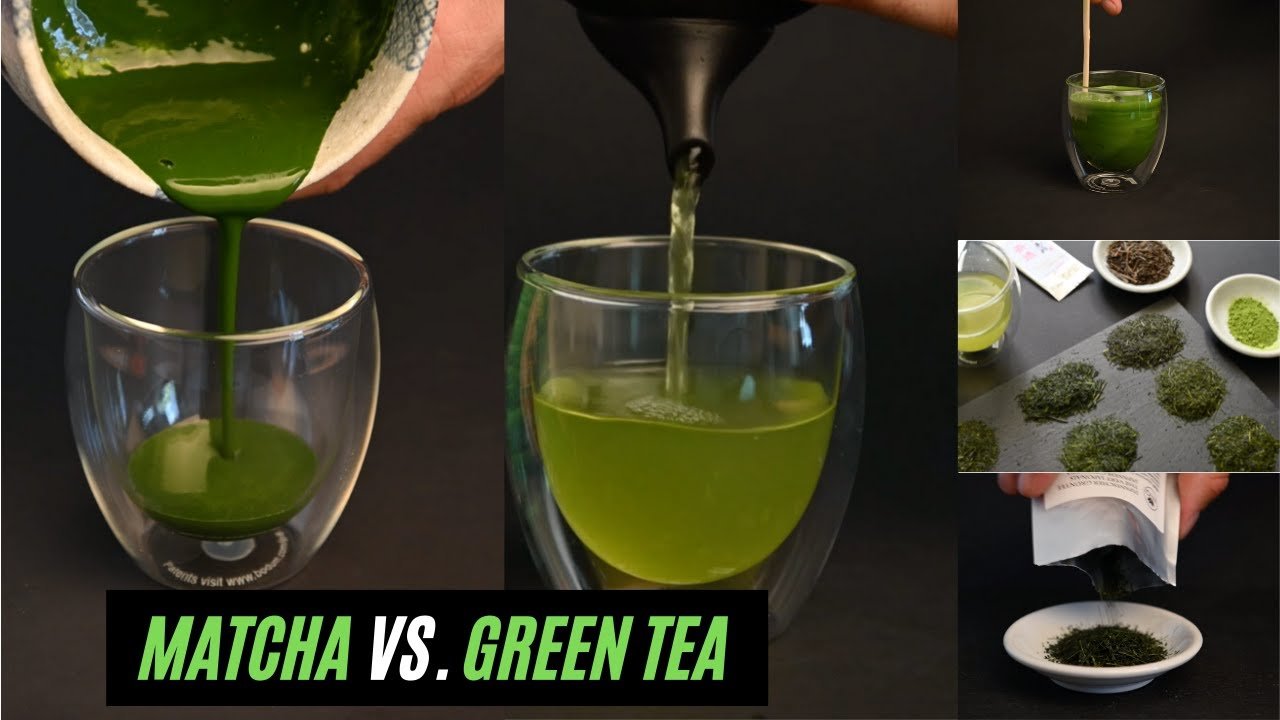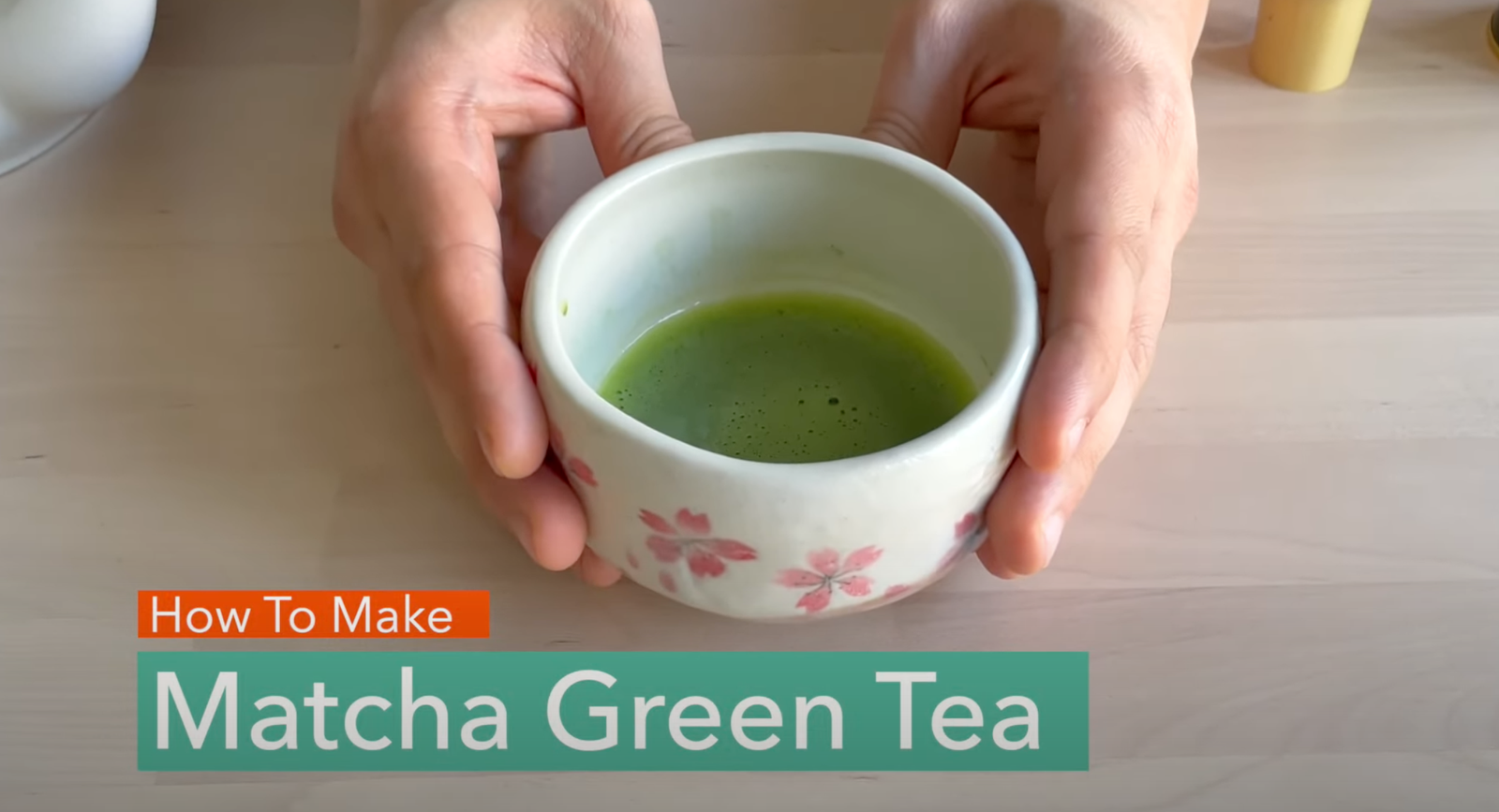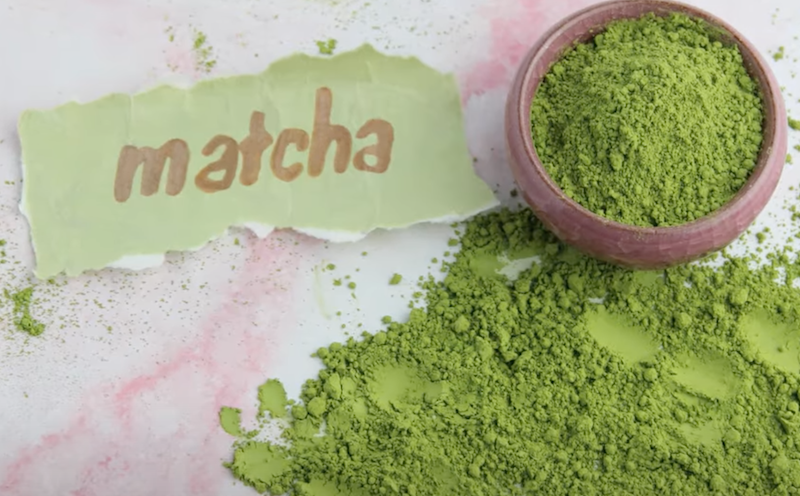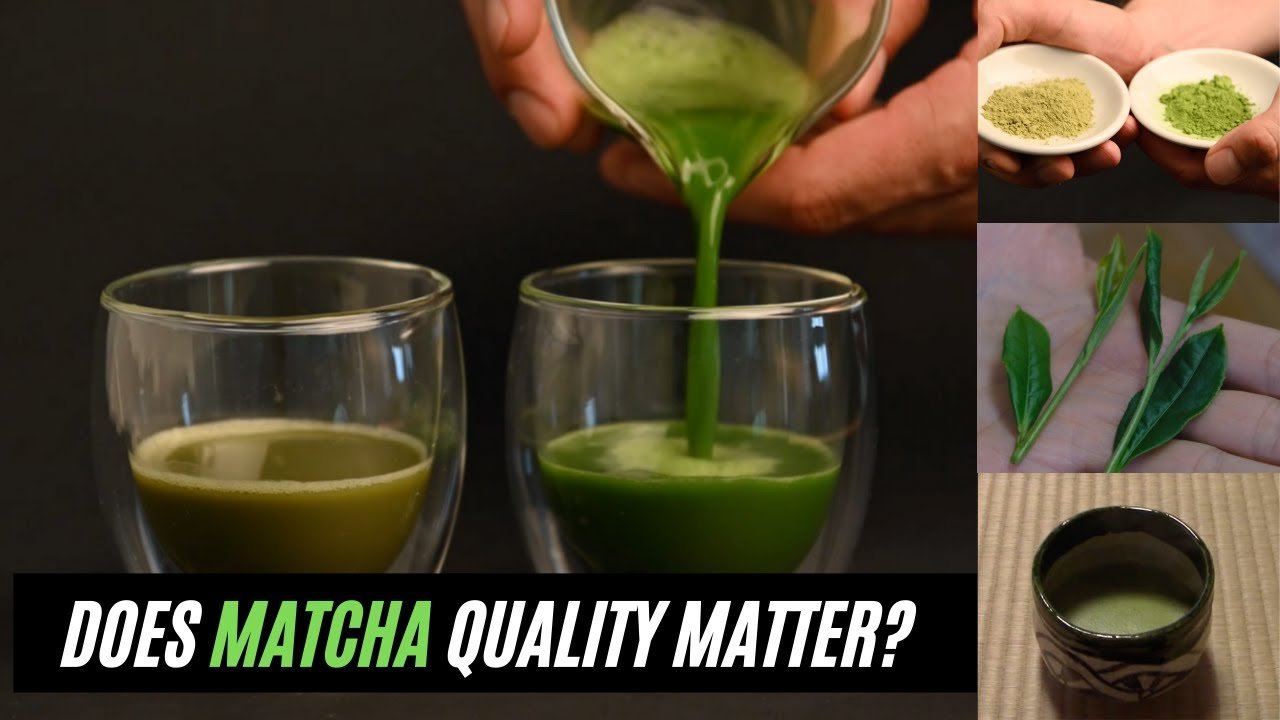After tea leaves are plucked, dried, and ground, they turn into the finest matcha. However, not all matcha is the same. The greener the matcha, the smoother and more complex its flavor. High-quality, jade green matcha can cost up to 20 times as much as its paler counterpart. This bright green powder, which takes mere seconds to dissolve in water, comes from a plant that takes an entire year to grow.
What Makes Ceremonial-Grade Matcha Exceptional?
Matcha of the highest quality is known as ceremonial-grade due to its pivotal role in Japanese tea ceremonies. In contrast, lower-quality matcha, also known as culinary-grade, is often sweetened with sugar and cream in desserts but is notably bitter when consumed as tea alone.
Jintaro, a sixth-generation matcha producer, operates a 180-year-old tea farm in Uji, Japan—a city with a rich tea history.

In spring, the appearance of young, tender leaves signals the start of the matcha season. Jintaro uses only the very first leaves, which have a higher concentration of nutrients, essential for crafting the best-quality tea.
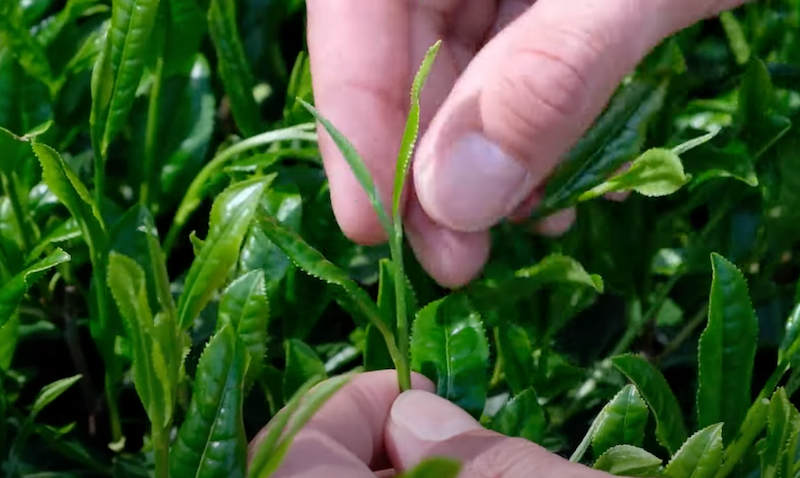
The tea plants are shaded for 30 to 40 days before harvest using rice-straw panels, an increasingly rare method as most farmers now prefer plastic nets for convenience. This shading not only protects the plants from the harsh sunlight, which can develop bitterness in the leaves but also preserves their flavor and bright green color.
The Meticulous Process of Matcha Making
At peak harvest, collecting the leaves can take hours. Following harvest, the leaves are steamed to lock in the flavor and maintain their vibrant color. This step is crucial as it prevents oxidation, which would otherwise turn the leaves into black tea. The leaves are then cooled and dried using a traditional furnace, giving them a unique roasted aroma.
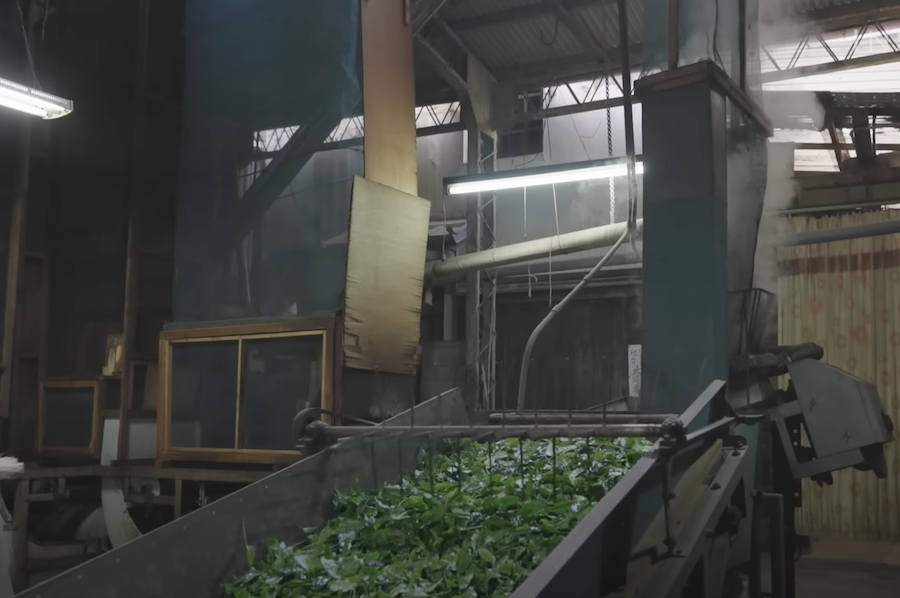
After drying, the stems are removed, and the leaves are sorted. Only then are the leaves ground into a fine, green powder using a stone mill—a slow process that preserves the leaf’s nutrients but is crucial for producing ceremonial-grade matcha.
The Economic and Cultural Impact of Matcha
The matcha market has exploded globally, with its value expected to exceed $5.5 billion by 2027. In Uji, however, only 60 families continue to produce ceremonial-grade matcha, a tradition that Jintaro upholds as part of his family’s legacy. Once the year’s harvest is complete, Jintaro will spend the fall and winter preparing for the next cycle, ensuring the tradition of high-quality matcha continues.
Through these meticulous and time-honored processes, it becomes clear why ceremonial-grade matcha is so valued and why it carries a higher price tag. The dedication to preserving quality over quantity defines the essence of this unique and cherished tea.
Preservation of Traditional Techniques
The traditional methods employed in the production of ceremonial-grade matcha play a crucial role in its quality and price. Jintaro’s use of the stone mill, an instrument hand-carved from granite, exemplifies these traditions.
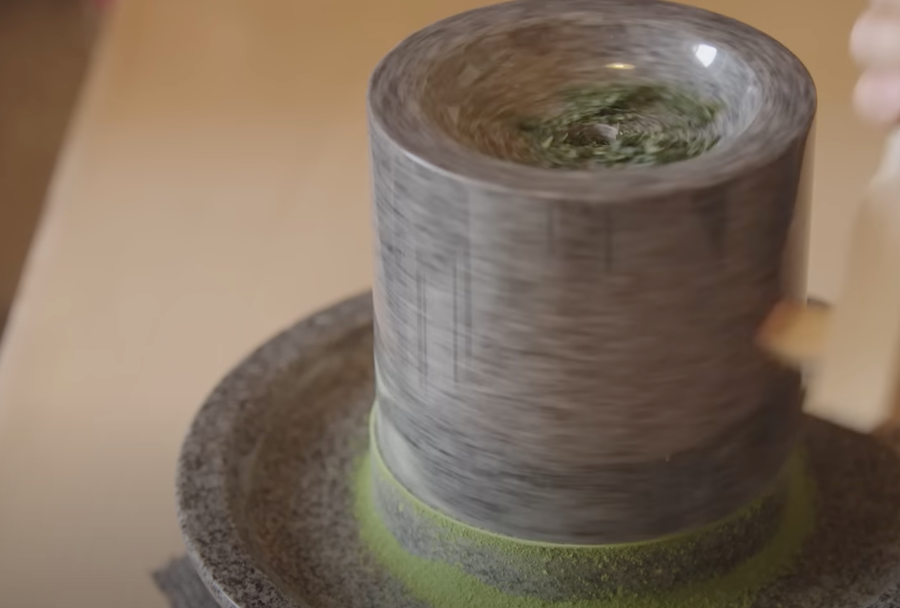
This mill, which costs over $1,300, is designed to grind the leaves counterclockwise, a technique that ensures a fine, glossy finish while maintaining the integrity of the tea’s nutrients.
Nutritional Value and Health Benefits
Ceremonial-grade matcha is rich in catechins, a type of antioxidant, and chlorophyll, both of which are enhanced by the shading process and the meticulous grinding technique. These components contribute not only to the health benefits of consuming matcha but also to its distinct, vibrant green color and flavor profile.
The Global Appeal of Matcha
Despite its steep cost, the demand for high-quality matcha continues to rise, evidenced by the doubling of matcha exports from Japan in the last decade. This growing popularity reflects a broader global recognition of matcha’s unique qualities, particularly those of ceremonial-grade matcha, which remains relatively rare outside of Japan.
The Challenges of Production
Producing ceremonial-grade matcha is not only labor-intensive but also time-consuming. The fact that these tea plants are harvested just once a year, coupled with the lengthy and precise process required to produce matcha, contributes significantly to its cost.
Furthermore, the practice of traditional farming methods, such as using rice straw for shading, adds another layer of complexity and expense.
Conclusion: The Price of Perfection
The intricate process from planting to powder, the dedication to traditional methods, and the limited production all contribute to the high cost of ceremonial-grade matcha. For enthusiasts and connoisseurs, the price reflects not just the tea but the cultural heritage and artistry it embodies.
As matcha’s popularity grows globally, the appreciation for its finer grades is likely to increase, underscoring the balance between tradition and modernity in its production. This delicate balance ensures that the legacy of high-quality matcha, as maintained by families like Jintaro’s, continues to thrive in the face of changing global tastes and technologies.
